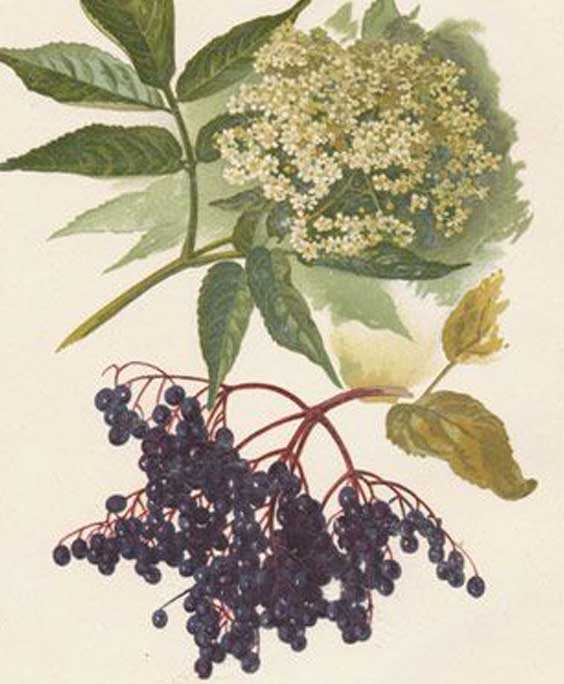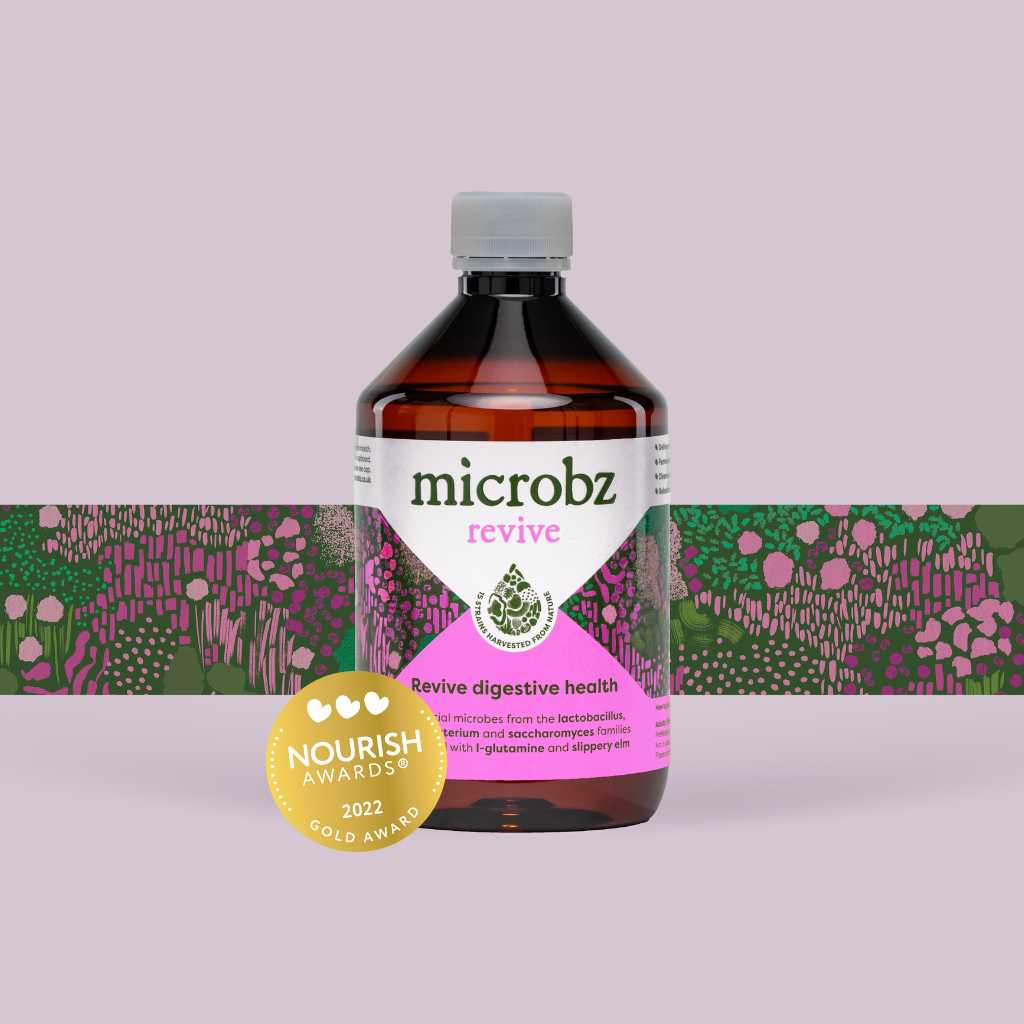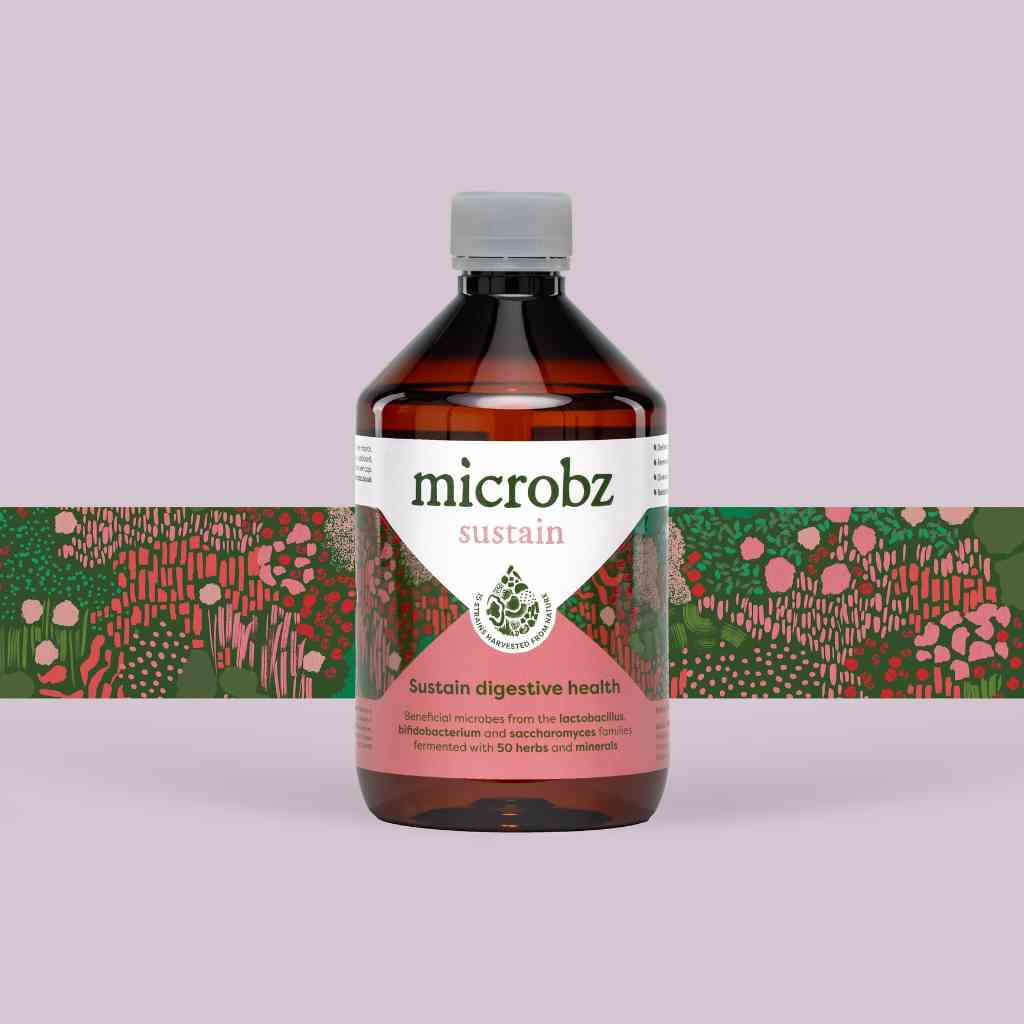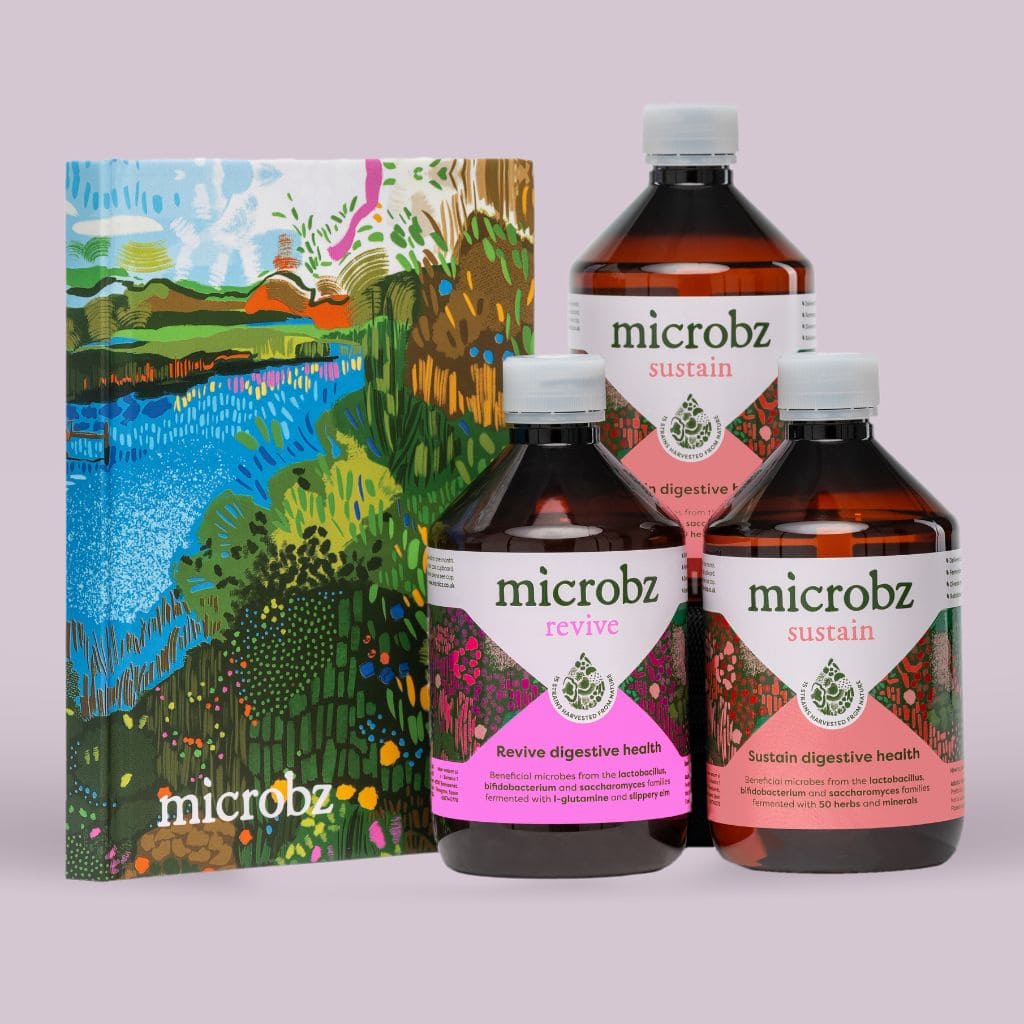History
Parts used:
Flowers and berries.
Constituents (bio available chemicals):
Flavonoids including: rutin, quercetin and kaempferol. Phenolic acids: caffeic, chlorogenic and p-coumaric. Triterpenes, volatile oils, mucilage, sterols, and tannins. Leaves contain sambunigrin.
Nutritional constituents:
Indications:
Boosts immunity during viral infections, sinusitis, influenza, colds and flu and fever.
Dosage:
Liquid extract: (1:@) 20-40ml per week. Dried herb: 6-12g daily.




